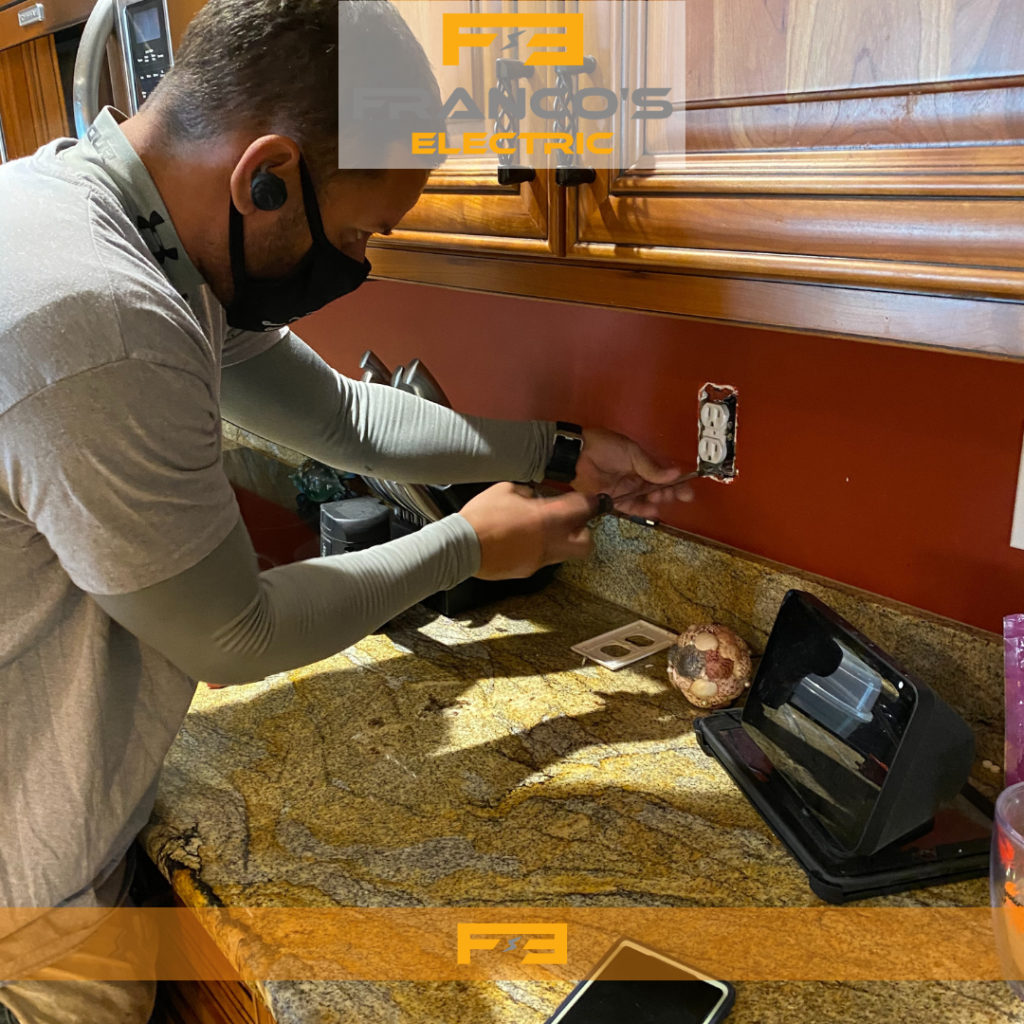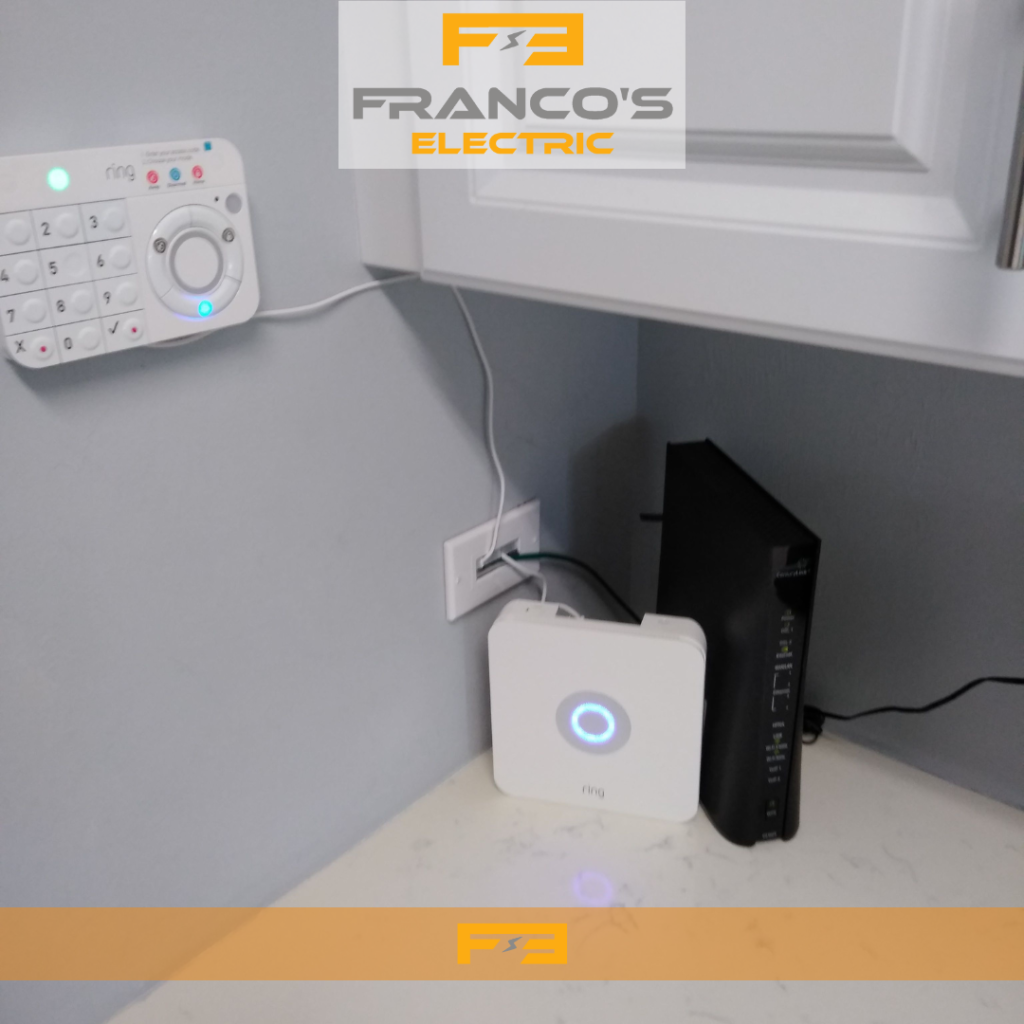Electricity plays an essential role in how your home operates. Whether watching TV, powering heating and cooling systems, or charging a cell phone, we rely on our home’s electrical system to provide us with power when and where we need it.
By understanding the basics of how electricity is distributed around your home, you can keep this vital system properly maintained and in safe working condition.
Every home has a service panel that distributes electricity to switches, outlets, and appliances. The service panel is usually found in the basement, garage, or utility area. When a short or overload shuts down power to a circuit, this is where you can restore the flow. It is also where you will shut down power to a circuit before starting a project or repair.
Service panels are equipped with fuses or circuit breakers that protect the wires in each circuit from overheating and causing a fire. Fuses and circuit breakers are safety devices that help prevent the overloading of your home’s electrical system and prevent fires. They stop the electrical current if it exceeds the safe level for some of your home electrical systems.
Service panels installed before 1965 use fuses to protect each individual circuit. Early fuses were commonly used in 30- and 60-amp service panels. Today, new homes require 100- to 200-amp service panels in order to provide proper protection. There are several different types of fuses, and picking the right one may seem confusing at first.
All newer homes are protected by circuit breakers. Unlike a fuse that must be replaced when it blows, a circuit breaker that has “tripped” can be mechanically reset to resume operations once the problem has been resolved. A tripped breaker is likely the result of too many appliances overloading the circuit and should be fixed immediately.
Electricity always seeks to return to its source and complete a continuous circuit. A typical circuit in your home has two conductors: hot and neutral. Electricity travels from the service panel to home appliances through the hot conductor and returns the current to the main service panel through the neutral conductor. A third or “grounding” wire is also connected to all outlets and metal boxes in your home.
This critical safety feature is designed to greatly reduce your chance of shock or electrocution should a short circuit occur. Grounding wires are connected directly to the earth through a metal grounding rod or a cold water pipe. Should a short circuit or an overload occur, any extra electricity will find its way along the grounding wire to the earth.
Electrical outlets are the place where you are most likely to interact with your home’s electrical system on a daily basis.
Most homes have been outfitted with polarized outlets that feature two vertical slots of different sizes. These outlets are designed so that the slot for the neutral wire is wider than the slot for the hot wire, making it difficult to insert an electrical plug the wrong way. When used with a polarized plug, these outlets provide protection by directing the electrical current.
Grounded outlets have a round hole for the grounding conductor in addition to the two vertical slots. The circle slot is connected to a ground wire. Grounded outlets are required to be installed in all modern homes today. If your home does not have grounded outlets, then your electrical system is likely missing critical safety features. Consult an electrician about updating your home.
Since the 1970s, ground fault circuit interrupters (GFCIs) have saved thousands of lives and have helped cut the number of home electrocutions in half. GFCIs are electrical safety devices that trip electrical circuits when they detect ground faults or leakage currents. A person who becomes part of a path for leakage current will be severely shocked or electrocuted. These outlets prevent deadly shock by quickly shutting off power to the circuit if the electricity flowing into the circuit differs by even a slight amount from that returning.
Extension cords are a convenient way to provide power right where you need it when working in or around your home, but using them improperly can be dangerous – even deadly. Keep safety in mind with these easy tips from ESFI.



